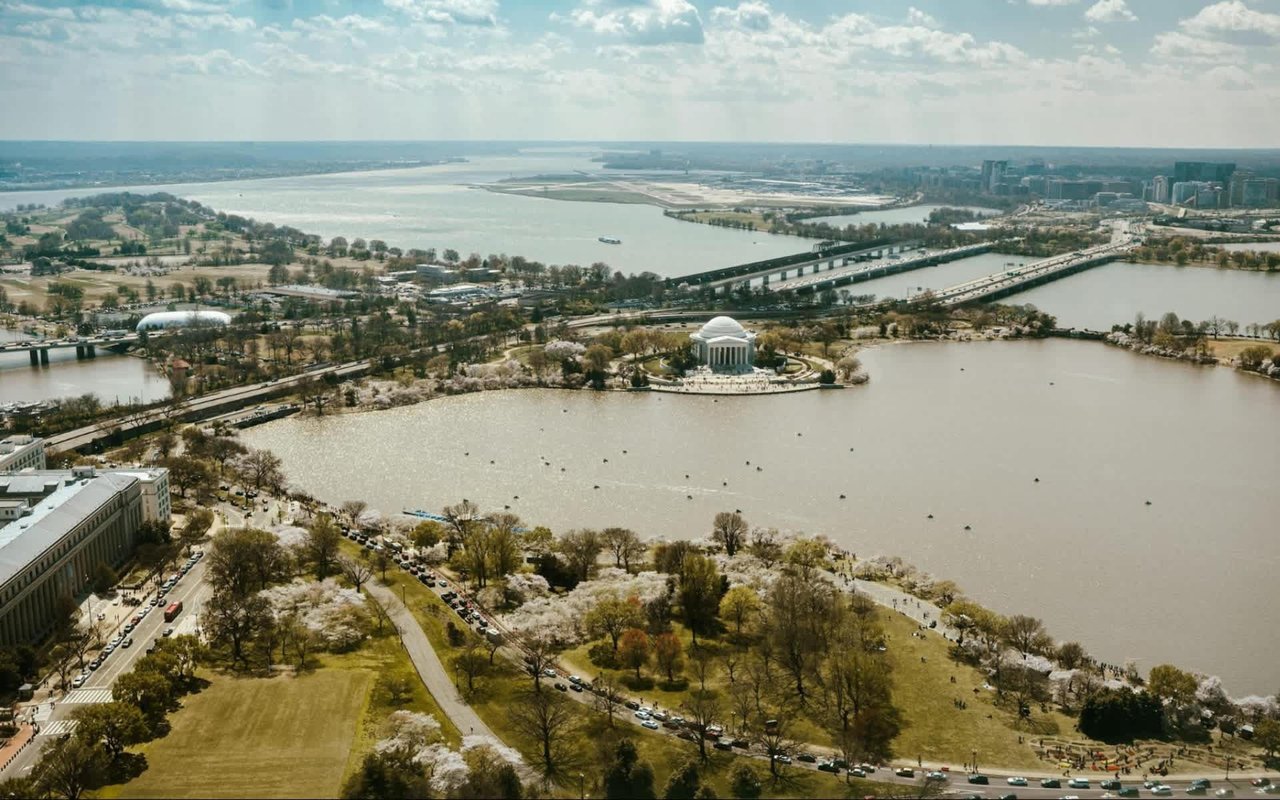Washington, D.C., is more than just the political epicenter of the nation. It is an ever-energetic community with a rich tapestry of historical spaces and modern urban amenities. With its iconic monuments, extensive museum collections, and thriving neighborhoods, D.C. appeals to a range of interests and aspirations.
Moving to Washington, D.C., offers an exciting opportunity to be at the heart of everything that is shaping the nation. Whether you're relocating for work, study, or the allure of living near the heart of American politics, understanding the ins and outs of moving to Washington, D.C., will help you transition smoothly into this bustling metropolis. Read on to make your move seamless.
Understanding D.C.’s Layout and Neighborhoods
Evaluate what each area offers in terms of amenities, transportation, and landmarks to find a place that aligns with your lifestyle needs. When searching for the perfect fit, consider factors like proximity to Metro stations if commuting is a part of your daily routine.
Housing and Real Estate
Navigating the Job Market
Networking plays a crucial role in landing a job in this highly competitive market and can be a great way to connect with like-minded professionals. Engaging with professional groups by attending events like industry seminars, workshops, or local meetups can be as crucial as your resume. Additionally, consider expanding your search to include the surrounding areas of Northern Virginia and Maryland, often referred to as the DMV area, which are integral parts of the broader D.C. job market.
Transportation Logistics
The Metrorail, the area’s rapid transit system, is a primary mode of transport for residents and visitors alike. The system features six color-coded lines that connect various attractions, business districts, and residential areas, even extending into suburban Virginia and Maryland. The system is known for its reliability and coverage, making it a convenient option for commuting to work, exploring attractions, or attending events throughout the region. Additionally, the Metrobus service complements the subway, providing comprehensive access to areas not directly served by Metrorail. This integrated network ensures that most destinations in D.C. and the surrounding areas are within reach of public transit, facilitating easy and eco-friendly travel across the metropolitan area.
For shorter distances or the last mile of your journey, the Capital Bikeshare program offers a healthy and eco-friendly alternative, with stations conveniently located throughout the region. Whether you're a resident or a visitor, D.C.’s public transit systems provide a reliable, cost-effective way to navigate the region with ease.
Social Life and Entertainment
FAQ About Moving to Washington D.C.
Q: What’s the cost of living like in D.C.?
A: Washington, D.C., has a higher-than-average cost of living compared to many U.S. cities. Housing is typically the most significant expense, especially in central neighborhoods. However, the city offsets some costs with free public museums, cultural attractions, and a robust public transportation system.
Q: How competitive is the D.C. real estate market?
A: The market is highly competitive, particularly in popular areas close to Metro stations or downtown attractions. Homes tend to sell quickly, and it's common for listings to receive multiple offers. Working with a knowledgeable local real estate agent like those at HEIDER is essential for success.
Q: Do I need a car to live in D.C.?
A: D.C. is very transit-friendly. Many residents rely on the Metro, buses, bikes, and walking to get around. However, having a car might be convenient if you live farther from a Metro station or frequently travel to surrounding areas like Northern Virginia or Maryland.
Q: What are the best neighborhoods in D.C. for young professionals?
A: Neighborhoods such as Logan Circle, Shaw, Dupont Circle, and Navy Yard are popular among young professionals due to their lively social scenes, proximity to downtown, and excellent public transit access.
Q: Is parking difficult in Washington, D.C.?
A: Yes, parking can be a challenge, especially in high-density neighborhoods. Many buildings offer private parking or permit-based street parking, but it’s wise to check availability before committing to a property.
Q: What should I know about the weather in D.C.?
A: D.C. experiences all four seasons. Summers are hot and humid, winters can be cold with occasional snow, and spring and fall are generally mild and pleasant. It’s important to prepare for a range of weather conditions throughout the year.
Q: How diverse is the D.C. community?
A: Washington, D.C., is a culturally rich and diverse city. It attracts residents from across the country and the globe, offering a vibrant mix of languages, cuisines, and traditions. The city's diversity is reflected in its neighborhoods, schools, and workplaces.
In the end, moving to Washington, D.C., is a thrilling opportunity that brings you closer to the heartbeat of the nation. If you’re ready to start that next chapter, begin your search for the right home in Washington, D.C., with an expert Washington DC real estate agent at HEIDER by your side.
Recommended reading: Weekend Trips from Washington DC




